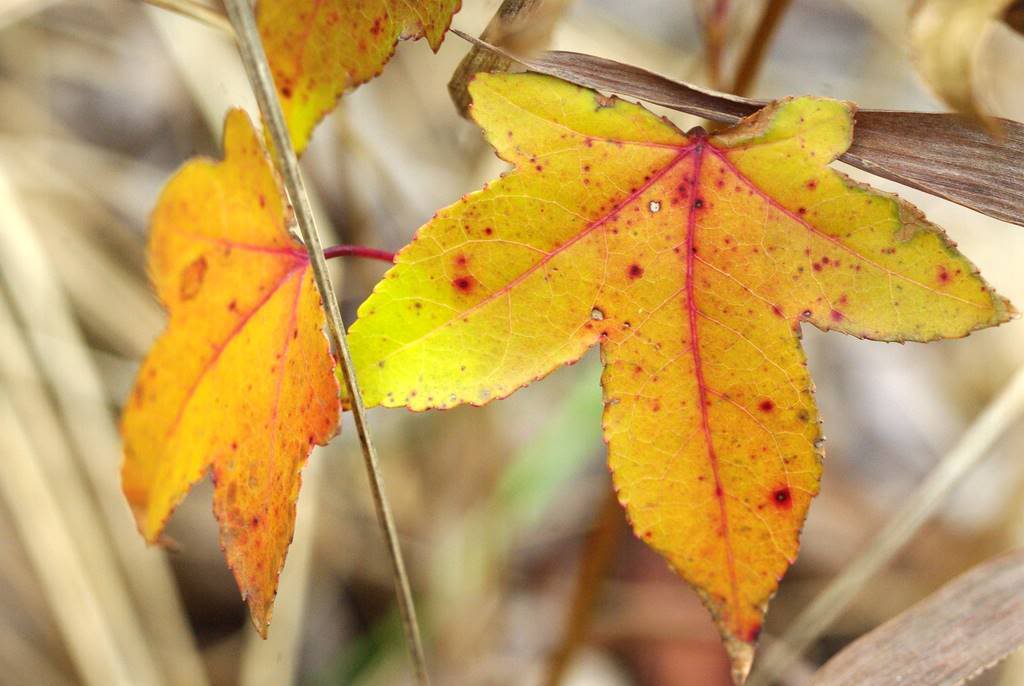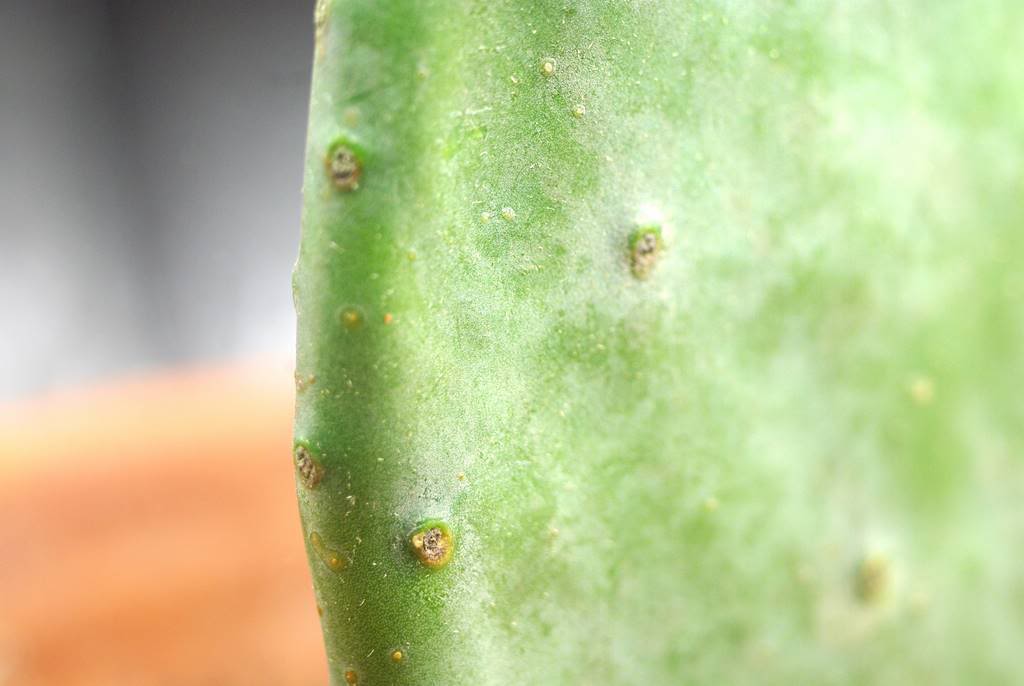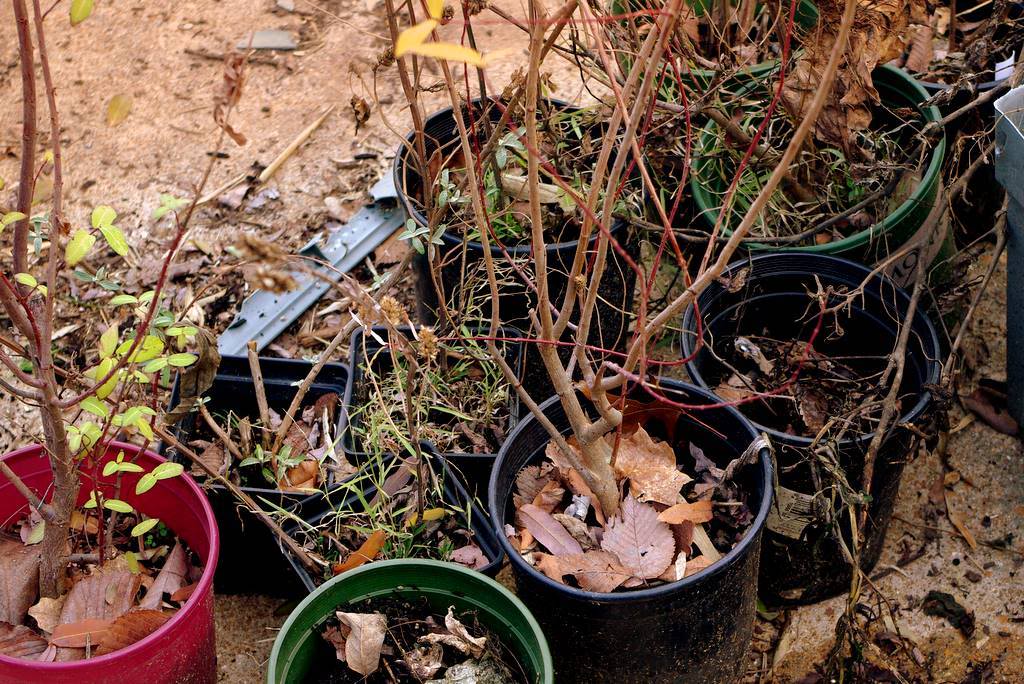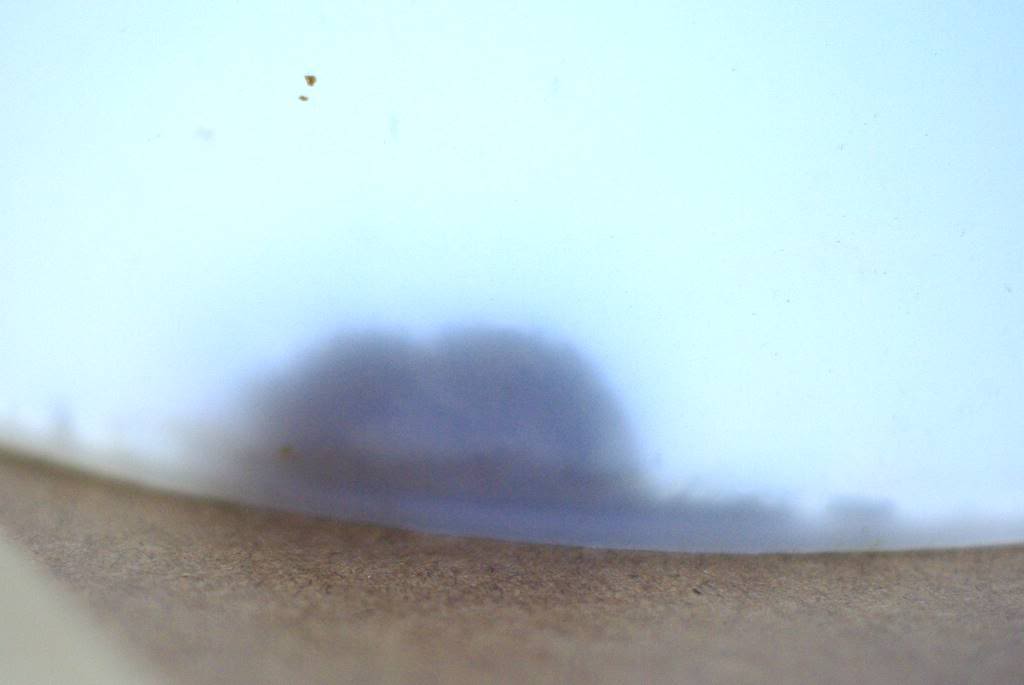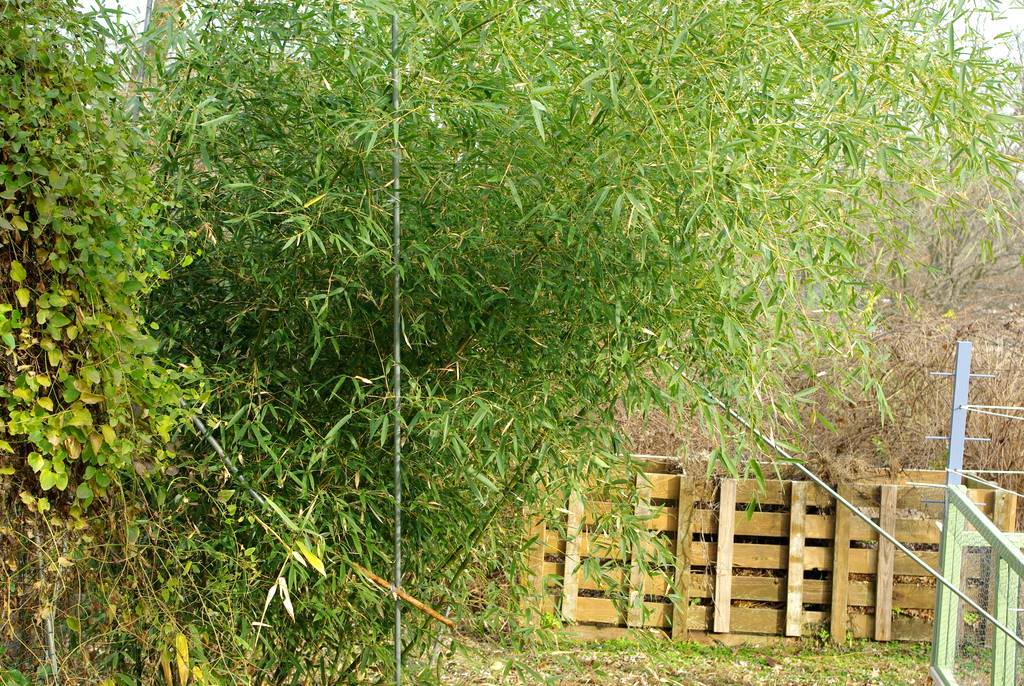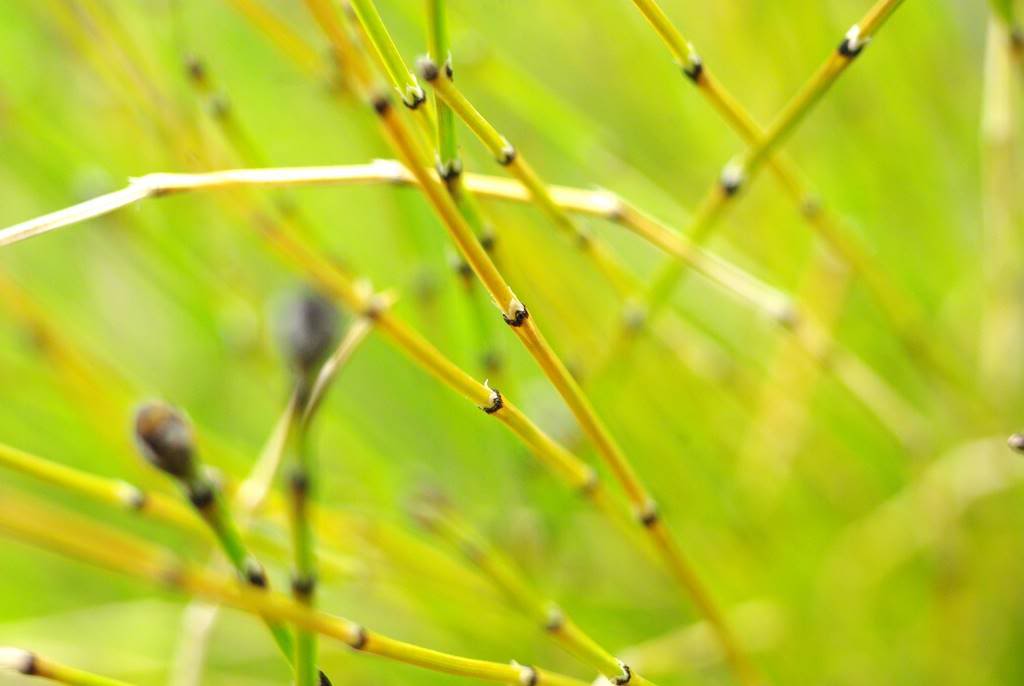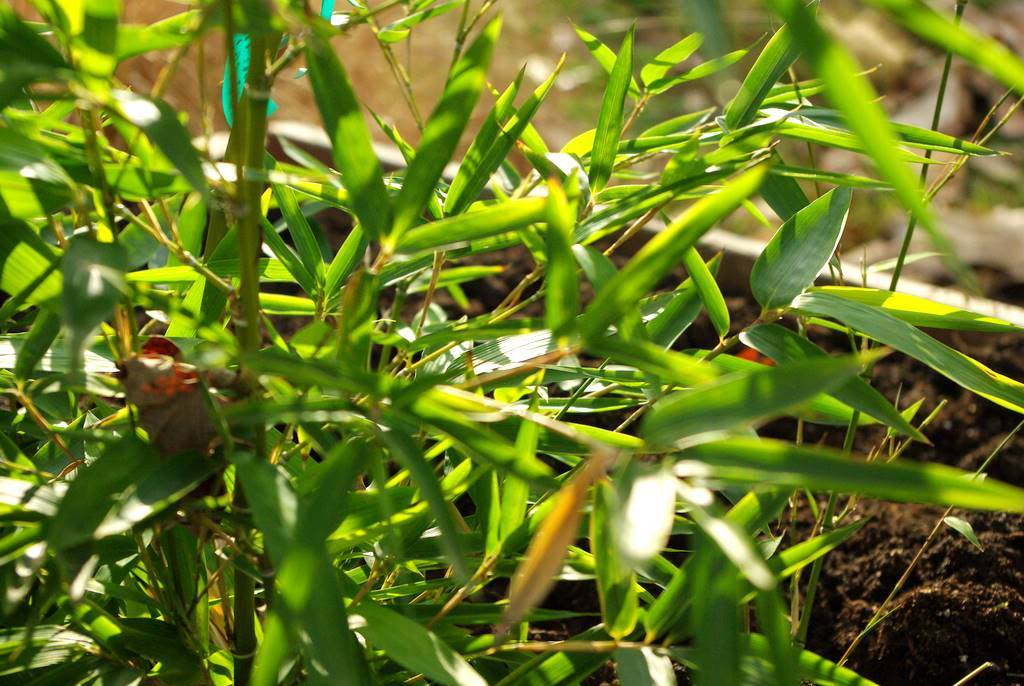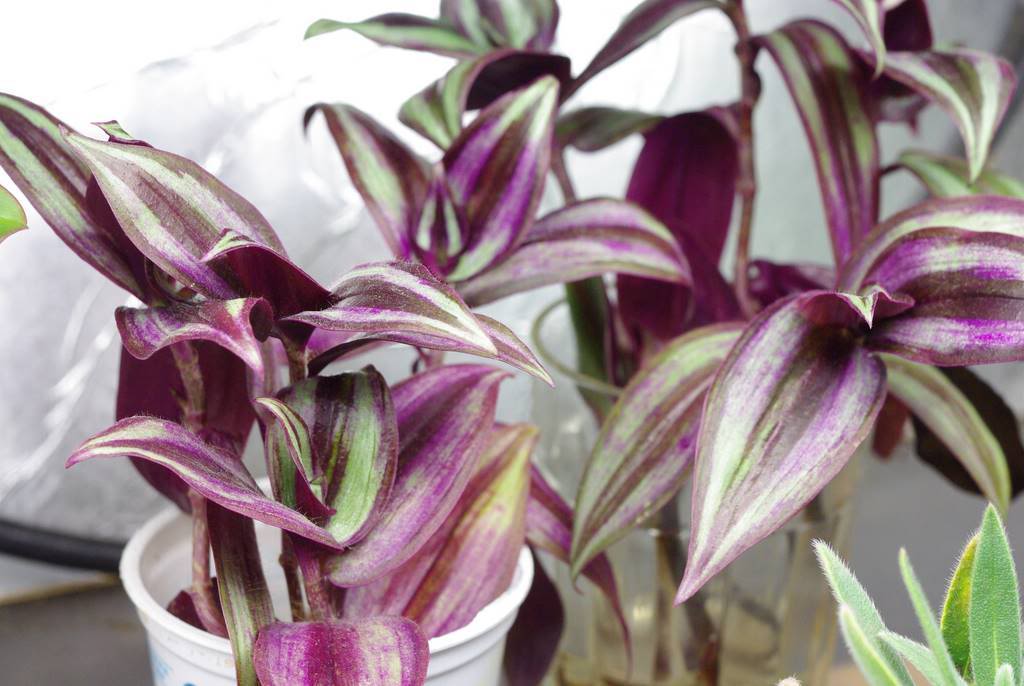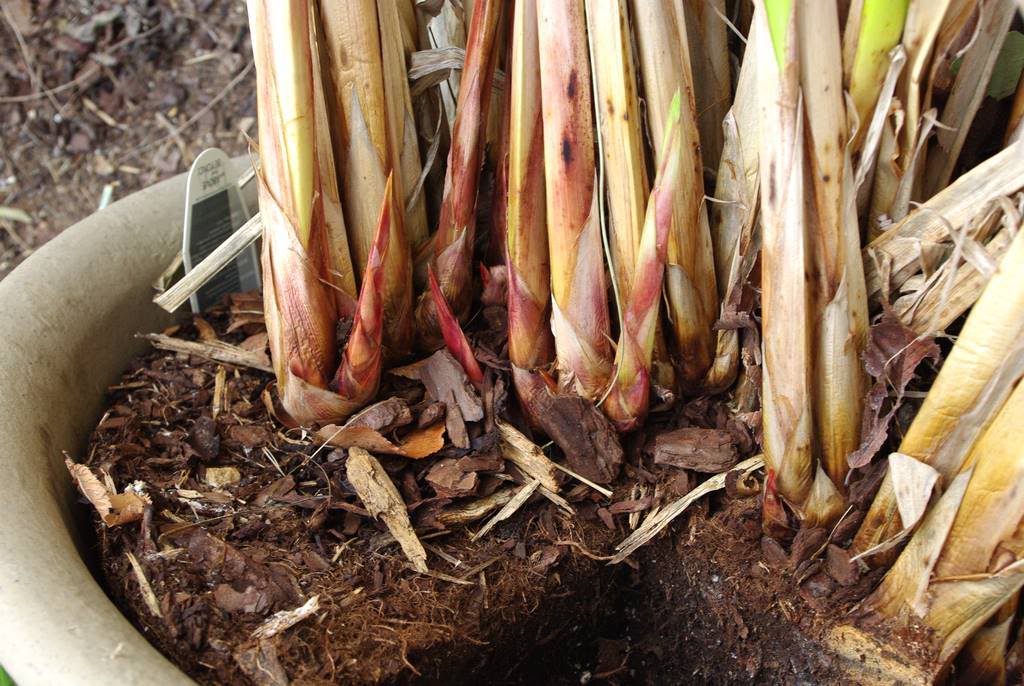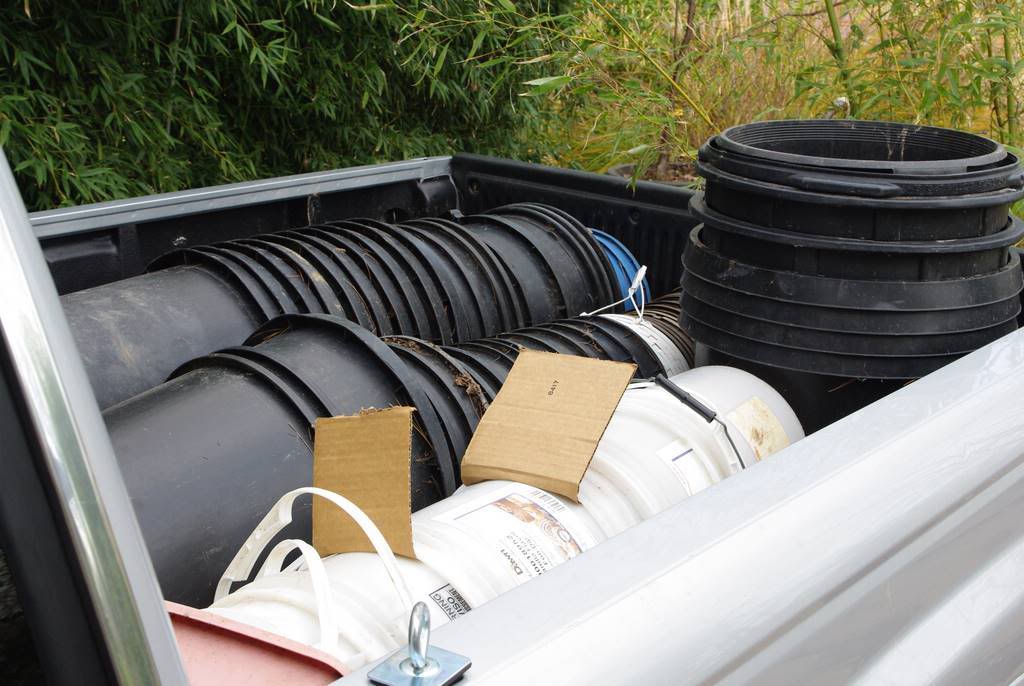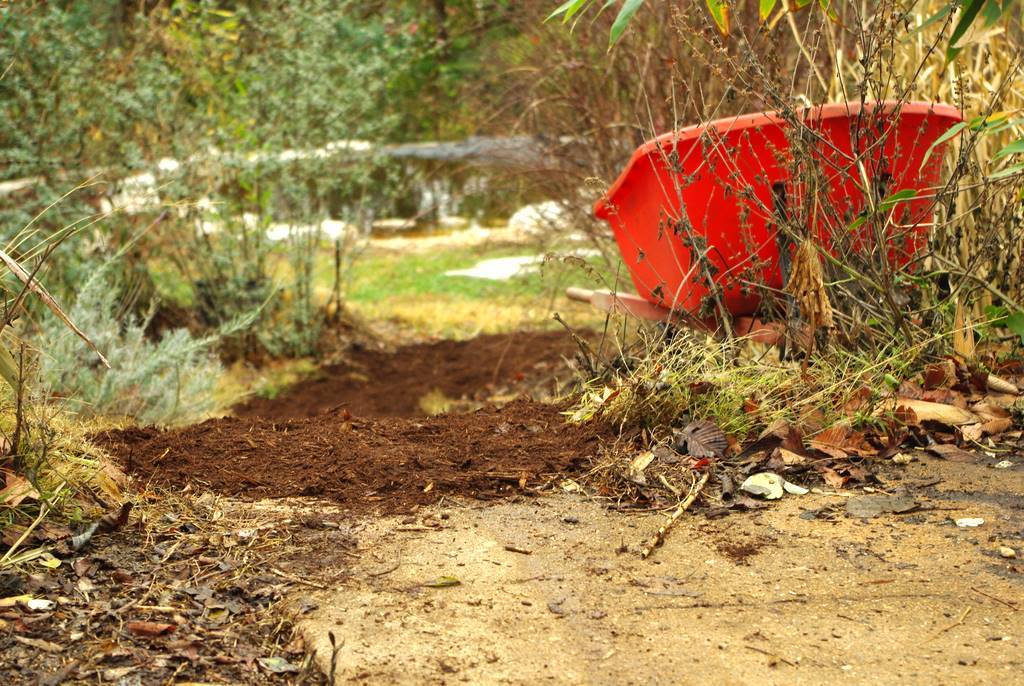One thing you notice when you first get into gardening and plants is that there is a lot of terminology involved. If you've not had any exposure to Latin or Greek before, you will when you visit your local garden center and start reading plant tags. Although knowing the common names of plants may be a good starting point, that's often not enough to narrow it down to a specific plant. Try going to the nursery and asking for a "moonflower", or "daisy". Plant genus and species names are usually in latin, and asking for "Chrysanthemum maximum" is going to get you exactly the plant you wanted (Shasta daisy).

But the terminology goes further than just plant names. Have you ever tried to describe a plant to somebody when you didn't know the name? Or have you read a description of a plant somewhere (maybe in a field guide of some sort) and tried to understand what it meant? Every part of a plant: the leaf edges, the stems, the parts of the flower, even the tiny hairs that usually go unnoticed -- they all have specific names to describe them. Although it's not necessary to learn all of them, it's sometimes quite helpful. Without turning to a textbook on botany, how do you learn them? One way is on
Tony Foster's excellent reference blog:
Phytography.
Read more...






